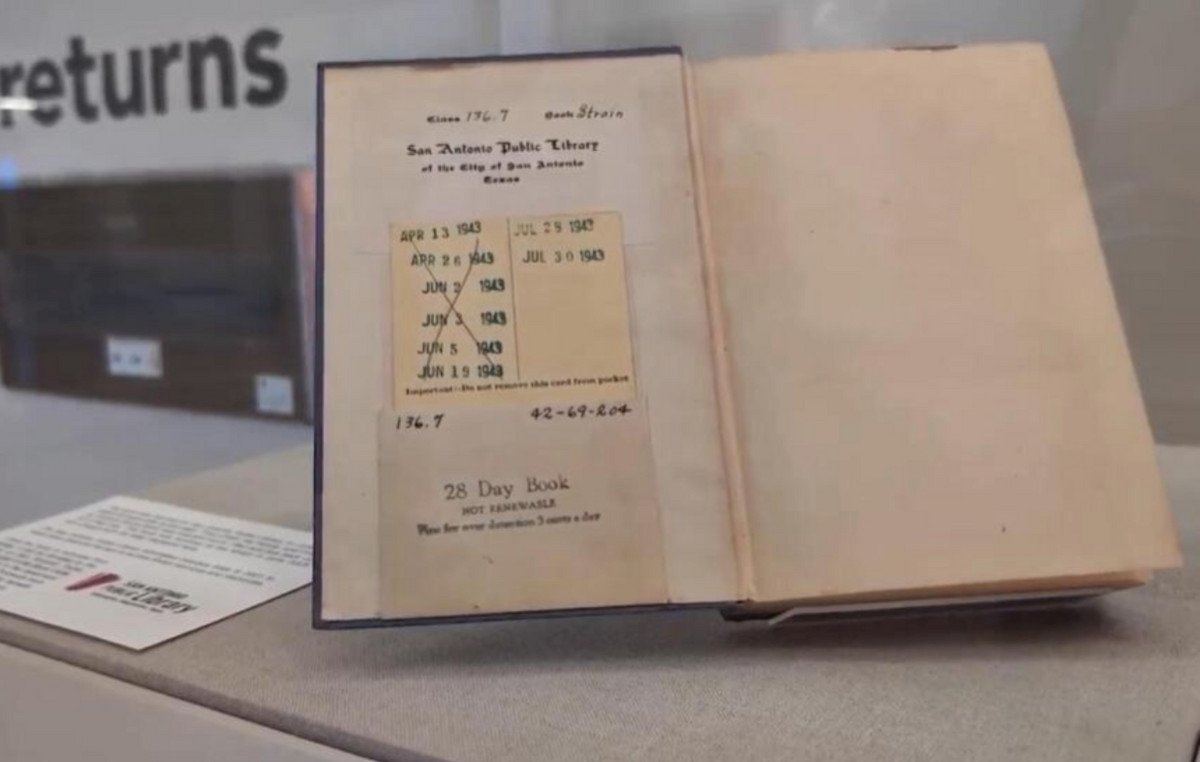Here’s what you need to know on Thursday, October 24:
After suffering heavy losses against its main rivals on Wednesday, the Japanese yen (JPY) rebounded early on Thursday. S&P Global will release preliminary October manufacturing and services Purchasing Managers’ Index (PMI) data for Germany, the Eurozone, the United Kingdom and the United States later in the session. The US economic calendar will also include weekly Initial Jobless Claims data and New Home Sales figures for September. In the meantime, market participants will continue to monitor comments from central bank officials.
Japanese Yen PRICE This week
The table below shows the percentage change of the Japanese Yen (JPY) against major currencies this week. Japanese Yen was the weakest currency against the US Dollar.
| USD | EUR | GBP | JPY | CAD | AUD | NZD | CHF | |
|---|---|---|---|---|---|---|---|---|
| USD | 0.77% | 0.89% | 1.77% | 0.12% | 0.92% | 0.86% | 0.26% | |
| EUR | -0.77% | 0.05% | 0.92% | -0.60% | 0.13% | -0.02% | -0.55% | |
| GBP | -0.89% | -0.05% | 0.85% | -0.77% | 0.03% | -0.04% | -0.67% | |
| JPY | -1.77% | -0.92% | -0.85% | -1.64% | -0.83% | -0.83% | -1.53% | |
| CAD | -0.12% | 0.60% | 0.77% | 1.64% | 0.72% | 0.80% | 0.02% | |
| AUD | -0.92% | -0.13% | -0.03% | 0.83% | -0.72% | 0.01% | -0.72% | |
| NZD | -0.86% | 0.02% | 0.04% | 0.83% | -0.80% | -0.01% | -0.64% | |
| CHF | -0.26% | 0.55% | 0.67% | 1.53% | -0.02% | 0.72% | 0.64% |
The heat map shows percentage changes for major currencies. The base currency is selected from the left column, while the quote currency is selected from the top row. For example, if you choose the Japanese Yen from the left column and move along the horizontal line to the US Dollar, the percentage change shown in the box will represent the JPY (base)/USD (quote).
USD/JPY extended its uptrend and touched its highest level since late July above 153.00, gaining more than 1% on Wednesday. Reflecting the widespread selling pressure around the JPY, EUR/JPY rose 0.95% and GBP/JPY added 0.6%. Early on Thursday, the USD/JPY corrects lower and was last seen losing 0.35% on the day below 152.50.
Speaking about the monetary policy outlook on Wednesday evening, Bank of Japan (BoJ) Governor Kazuo Ueda noted that it is taking time for them to reach the 2% inflation target on a sustainable basis. “It is very difficult to determine the appropriate size of rate hikes from here,” he added. Meanwhile, Japan’s Finance Minister Katsunobu Kato refrained from commenting on possible intervention in foreign exchange markets, reiterating that it is desirable for currencies to move in a stable manner, reflecting economic fundamentals.
Following its October meeting, the Bank of Canada (BoC) decided to lower the official interest rate by 50 basis points to 3.75% as expected. At the press conference after the meeting, BoC Governor Tiff Macklem said that house price inflation has begun to decline, increasing her confidence that it will continue to gradually decline. He USD/CAD moved higher following the BoC event and touched its highest level since early August above 1.3860. The pair remains on the defensive early Thursday and falls towards 1.3800.
He EUR/USD continued to decline and closed the third consecutive day in the red on Wednesday. The pair recovers modestly in the European morning but remains below 1.0800.
He GBP/USD It lost 0.5% on Wednesday and approached 1.2900. The pair advances towards 1.2950 at the beginning of the European session.
He Gold it rose towards $2,760 and set a new all-time high during European trading hours on Wednesday. However, as the 10-year US Treasury yield rose to a three-month high above 4.25%, XAU/USD lost traction and ended the day with a loss of more than 1%. The precious metal regains its traction and is trading in positive territory above $2,730.
The Japanese Yen FAQs
The Japanese Yen (JPY) is one of the most traded currencies in the world. Its value is determined broadly by the performance of the Japanese economy, but more specifically by the policy of the Bank of Japan, the differential between the yields of Japanese and US bonds or the risk sentiment among traders, among other factors.
One of the mandates of the Bank of Japan is currency control, so its movements are key for the Yen. The BoJ has intervened directly in currency markets on occasion, usually to lower the value of the Yen, although it often refrains from doing so due to the political concerns of its major trading partners. The BoJ’s current ultra-loose monetary policy, based on massive stimulus to the economy, has caused the depreciation of the Yen against its main currency pairs. This process has been exacerbated more recently by a growing policy divergence between the Bank of Japan and other major central banks, which have opted to sharply raise interest rates to combat decades-old levels of inflation.
The Bank of Japan’s ultra-loose monetary policy stance has led to increased policy divergence with other central banks, particularly the US Federal Reserve. This favors the widening of the spread between US and Japanese 10-year bonds, which favors the Dollar against the Yen.
The Japanese Yen is often considered a safe haven investment. This means that in times of market stress, investors are more likely to put their money in the Japanese currency due to its supposed reliability and stability. In turbulent times, the Yen is likely to appreciate against other currencies that are considered riskier to invest in.
Source: Fx Street
I am Joshua Winder, a senior-level journalist and editor at World Stock Market. I specialize in covering news related to the stock market and economic trends. With more than 8 years of experience in this field, I have become an expert in financial reporting.







